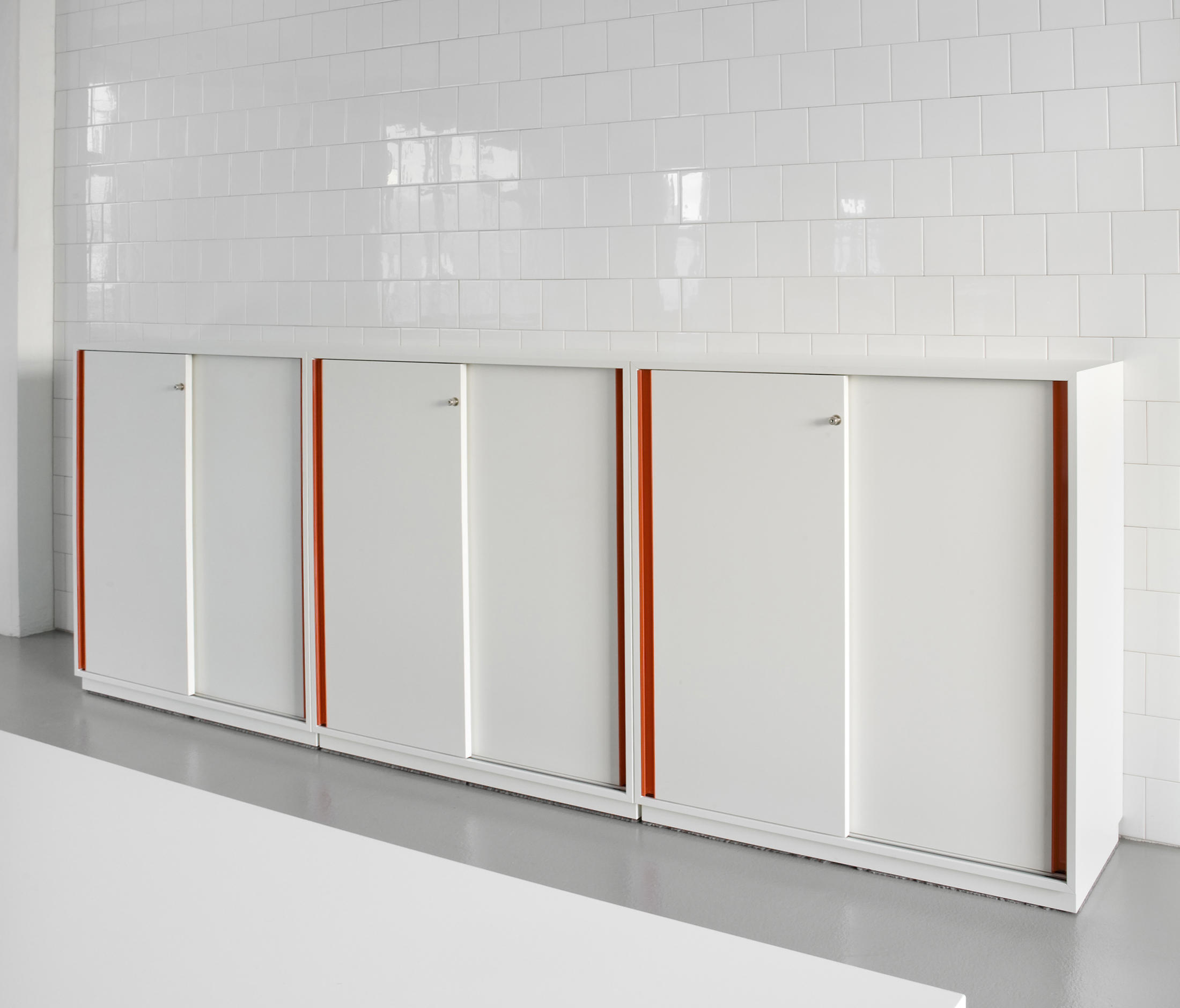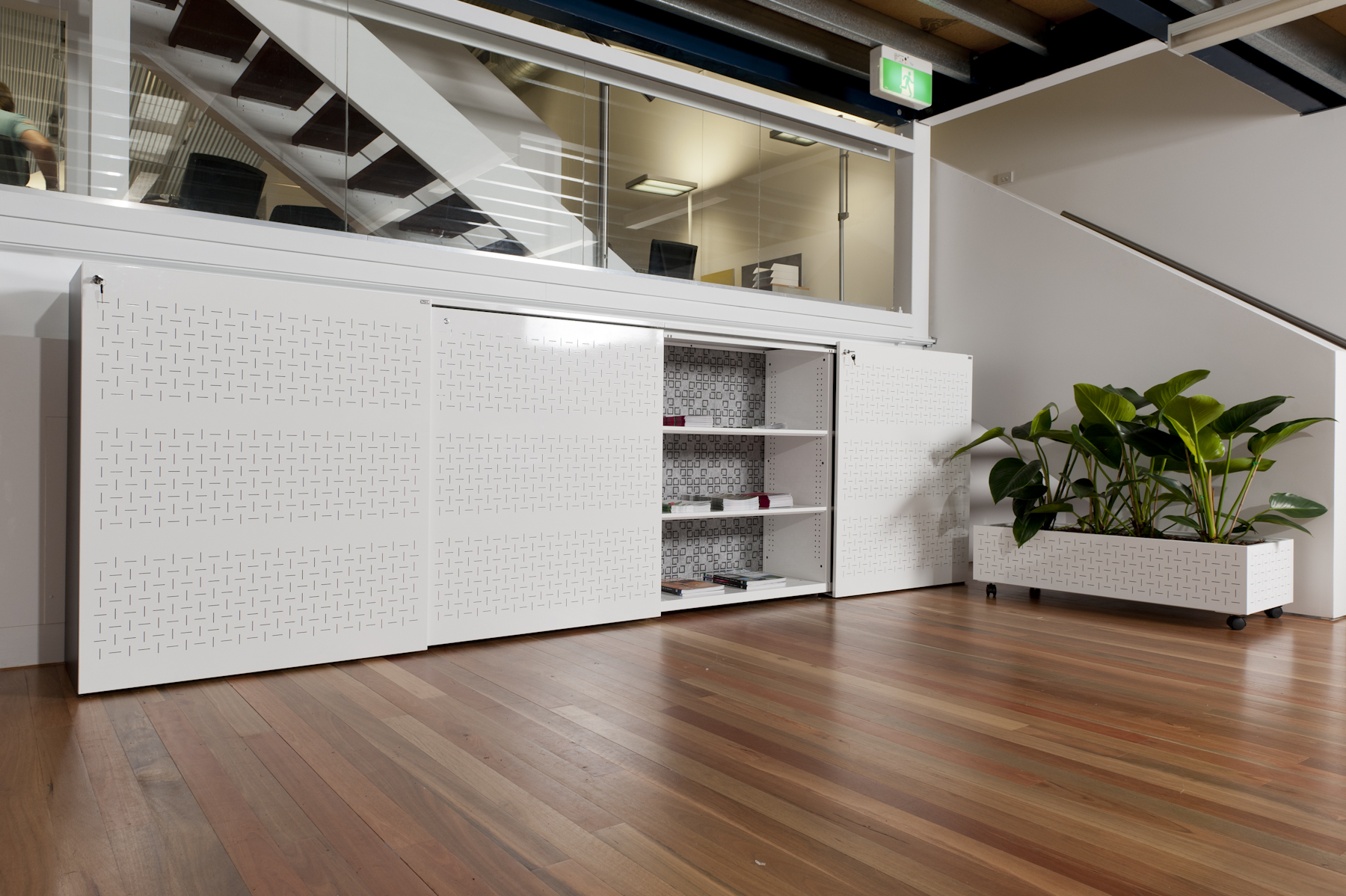Understanding Cabinet Sliding Door Systems

Cabinet sliding door systems offer a space-saving and stylish alternative to traditional hinged doors, providing easy access to cabinet contents while maximizing available space. These systems come in various designs, each with its own advantages and disadvantages, making it crucial to understand the differences before choosing the best option for your needs.
Types of Cabinet Sliding Door Systems
Cabinet sliding door systems can be categorized into three primary types: bypass, pocket, and barn door. Each type features a unique mechanism and aesthetic, offering different functionalities and suitability for various cabinet applications.
- Bypass Sliding Doors: Bypass systems feature two or more panels that slide horizontally past each other along a track mounted on the top of the cabinet. These doors are ideal for cabinets with limited space around them, as they do not require any additional space for the doors to swing open.
- Pocket Sliding Doors: Pocket doors are designed to slide completely into a cavity within the wall or cabinet, disappearing from view when open. This type of system is ideal for maximizing space and creating a clean, unobstructed look.
- Barn Door Sliding Systems: Barn doors, inspired by traditional barn structures, slide along a track mounted to the ceiling or wall. These doors are often larger than bypass or pocket doors and add a rustic charm to the cabinet design.
Advantages and Disadvantages of Each System
Understanding the advantages and disadvantages of each cabinet sliding door system is essential for making an informed decision. Each system offers unique benefits and drawbacks that may be more or less suitable depending on the specific application.
Bypass Sliding Doors
- Advantages:
- Space-saving: Bypass systems do not require any additional space for the doors to swing open, making them ideal for small spaces.
- Versatile: Bypass systems can be used for a variety of cabinet applications, from closets to pantries to entertainment centers.
- Cost-effective: Bypass systems are typically less expensive than other types of sliding door systems.
- Disadvantages:
- Limited Access: Bypass doors can only be opened to the width of the individual panels, which can limit access to the cabinet contents.
- Potential for Noise: Bypass systems can sometimes make a rattling noise as the doors slide along the track.
Pocket Sliding Doors
- Advantages:
- Maximized Space: Pocket doors completely disappear into the wall or cabinet when open, maximizing available space.
- Sleek Aesthetics: Pocket doors provide a clean, unobstructed look that can enhance the overall design of the cabinet.
- Disadvantages:
- Installation Complexity: Pocket doors require more complex installation than other types of sliding doors, often necessitating wall modifications.
- Higher Cost: Pocket door systems are typically more expensive than bypass systems due to the complexity of installation and the need for a dedicated pocket.
Barn Door Sliding Systems
- Advantages:
- Unique Aesthetics: Barn doors add a rustic charm and a distinctive visual appeal to any cabinet design.
- Large Size: Barn doors can be made larger than other types of sliding doors, providing greater access to the cabinet contents.
- Disadvantages:
- Space Requirements: Barn doors require significant space for the doors to slide along the track, making them less suitable for small spaces.
- Installation Complexity: Barn doors require a more complex installation process, often involving modifications to the ceiling or wall.
Applications for Each Type of Cabinet Sliding Door System
Each type of cabinet sliding door system is well-suited for specific applications, offering unique advantages that cater to different needs and preferences.
Bypass Sliding Doors
- Closets: Bypass systems are ideal for closets, providing a space-saving solution that maximizes storage space while maintaining easy access to clothes and accessories.
- Pantries: Bypass sliding doors are also a popular choice for pantries, offering a convenient way to access food and kitchen supplies without sacrificing valuable floor space.
- Entertainment Centers: Bypass systems can be used for entertainment centers, allowing for easy access to electronics and media while maintaining a clean and organized look.
Pocket Sliding Doors
- Bathrooms: Pocket doors are commonly used in bathrooms, providing a space-saving solution that creates a seamless and unobstructed look while maximizing the use of available space.
- Laundry Rooms: Pocket doors are also well-suited for laundry rooms, providing a convenient and efficient way to access washing machines and dryers while maintaining a clean and organized appearance.
- Built-in Cabinets: Pocket doors can be incorporated into built-in cabinets, creating a sleek and modern look that enhances the overall design of the space.
Barn Door Sliding Systems
- Open-Concept Kitchens: Barn doors are often used in open-concept kitchens to separate the kitchen from the dining area or living room, providing a stylish and functional way to define spaces while maintaining an open and airy feel.
- Pantry Cabinets: Barn doors can be incorporated into pantry cabinets, offering a rustic charm and a unique visual appeal that adds character to the kitchen design.
- Home Offices: Barn doors can be used in home offices to create a separate workspace or to provide a visually appealing and functional way to close off the office area when not in use.
Components of Cabinet Sliding Door Systems

A cabinet sliding door system is comprised of several key components that work together to ensure smooth and reliable operation. These components include tracks, rollers, hardware, and doors. Understanding the role of each component and the different materials used in their construction is crucial for selecting the right system for your needs.
Tracks
Tracks are the foundation of a sliding door system, providing a guide for the rollers and doors to move along. They are typically made of aluminum, steel, or plastic, each offering distinct advantages:
- Aluminum tracks are lightweight, corrosion-resistant, and aesthetically pleasing. They are often used in residential applications where durability and style are important.
- Steel tracks are known for their strength and durability, making them suitable for heavy-duty applications. They are often used in commercial settings where high traffic is expected.
- Plastic tracks are the most affordable option, but they may not be as durable as aluminum or steel. They are typically used in lighter-duty applications.
Rollers
Rollers are responsible for carrying the weight of the doors and ensuring smooth movement along the tracks. They are typically made of nylon, steel, or a combination of both materials.
- Nylon rollers are quiet and smooth, but they may not be as durable as steel rollers. They are often used in residential applications where noise reduction is a priority.
- Steel rollers are the most durable option, but they can be noisy. They are often used in commercial settings where heavy-duty performance is required.
- Combination rollers combine the benefits of both nylon and steel, offering a balance of durability and quietness.
Hardware, Cabinet sliding doors systems
Hardware includes all the components that connect the doors, tracks, and rollers. This includes door handles, stoppers, and other accessories.
- Door handles come in various styles and finishes to match the overall design of the cabinet.
- Stoppers prevent the doors from sliding off the tracks and can be adjusted to control the distance the doors can travel.
- Other accessories may include soft-close mechanisms, which slow down the doors as they close, and anti-jump mechanisms, which prevent the doors from jumping off the tracks.
Doors
The doors are the visible part of the sliding door system and can be made from a variety of materials, including wood, glass, and metal.
- Wood doors offer a classic look and can be stained or painted to match any décor.
- Glass doors provide a modern and stylish look and allow for natural light to pass through.
- Metal doors are durable and can be customized with various finishes.
Comparison of Popular Brands
| Brand | Track Material | Roller Material | Features | Price Range |
|---|---|---|---|---|
| Brand A | Aluminum | Nylon | Soft-close, anti-jump | $100 – $200 |
| Brand B | Steel | Steel | Heavy-duty, adjustable stoppers | $200 – $300 |
| Brand C | Plastic | Nylon | Budget-friendly, easy installation | $50 – $100 |
Installation and Maintenance of Cabinet Sliding Door Systems: Cabinet Sliding Doors Systems

Installing and maintaining a cabinet sliding door system can enhance the functionality and aesthetics of your cabinets. A well-installed system ensures smooth operation, while proper maintenance prolongs its lifespan and prevents common issues.
Installing a Cabinet Sliding Door System
Installing a cabinet sliding door system requires careful planning and execution. The following steps provide a comprehensive guide:
- Prepare the Cabinet Opening: Measure the cabinet opening accurately to determine the door size. Ensure the opening is free of obstructions and debris.
- Install the Track: Position the track securely to the cabinet frame using appropriate screws or brackets. Ensure the track is level and straight for smooth door operation.
- Mount the Rollers: Attach the rollers to the doors. Ensure the rollers are securely mounted and move freely along the track.
- Install the Doors: Carefully slide the doors onto the track, ensuring they are aligned properly. Adjust the rollers as needed for smooth movement.
- Install the Handle and Stops: Install the door handles and stops to control door movement and prevent them from sliding off the track.
Troubleshooting Common Issues
Identifying and resolving common issues can ensure the smooth operation of your cabinet sliding door system.
- Sticking Doors: Check for debris or obstructions in the track. Clean the track and rollers with a soft cloth and mild soap.
- Uneven Door Movement: Adjust the rollers to ensure they are properly aligned with the track. If the track is not level, consider adjusting it to ensure smooth operation.
- Noisy Doors: Lubricate the rollers and track with a light oil or silicone spray. Check for any loose screws or parts and tighten them.
Maintaining a Cabinet Sliding Door System
Regular maintenance can extend the lifespan of your cabinet sliding door system and prevent future problems.
- Clean the Track: Clean the track regularly with a soft cloth and mild soap to remove dust and debris.
- Lubricate the Rollers: Lubricate the rollers with a light oil or silicone spray to ensure smooth operation.
- Check for Loose Parts: Periodically check for any loose screws or parts and tighten them as needed.
- Avoid Overloading: Avoid overloading the doors with heavy items to prevent damage to the rollers and track.
Cabinet sliding doors systems – Cabinet sliding door systems offer a sleek and space-saving solution for kitchens, maximizing functionality while maintaining a modern aesthetic. A popular variation on this concept is the barn door cabinets kitchen , which adds a rustic charm and effortless functionality.
Whether you opt for a traditional sliding system or a stylish barn door design, cabinet sliding doors offer a practical and visually appealing way to enhance your kitchen.
Cabinet sliding doors systems offer a sleek and space-saving solution for various applications, from closets to kitchens. When it comes to bedside storage, you might consider a bedside cabinet with doors that features sliding doors, offering a stylish and functional alternative to traditional hinged doors.
This can be particularly beneficial in smaller bedrooms where space is at a premium. The smooth sliding motion of cabinet doors can enhance the overall aesthetic and practicality of any space.
